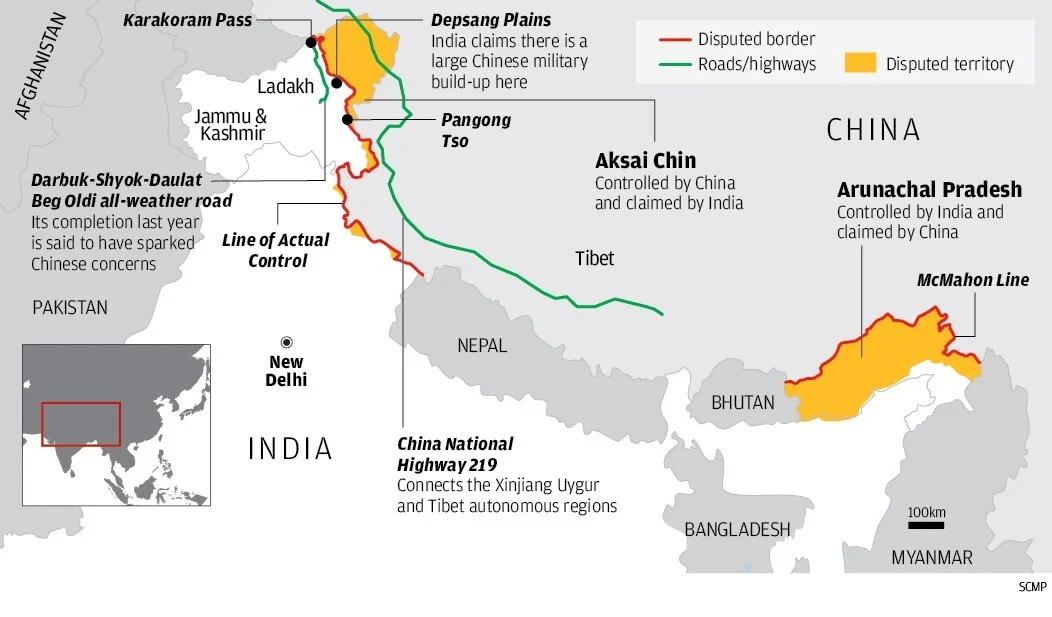7667766266
enquiry@shankarias.in
The Indian and Chinese soldiers will remain to be deployed against each other in the icy cold deserts of Ladakh this winter.

Reference: